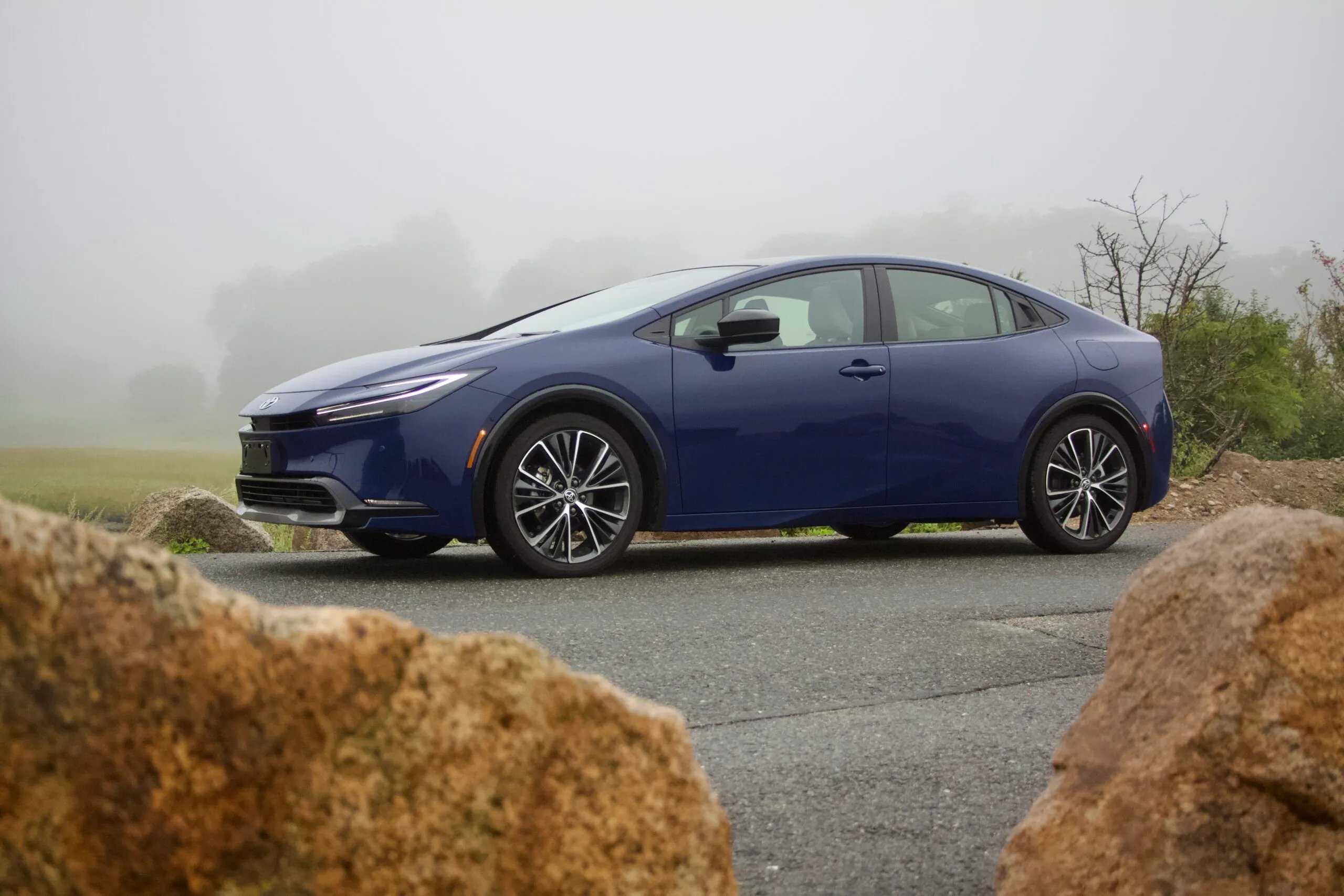

If you fell into a coma 15 years ago and woke up to today’s car market, what would surprise you? Personally, I think I’d be taken aback by the success of that company that made those electric Lotus Elises. Jaguar’s hiatus would leave me puzzled; Nissan’s downward spiral, depressed; and I wouldn’t believe GM finally built a mid-engined Corvette until I’d seen it with my own eyes. Above all that, though, I’d be most excited to learn that Toyota had rediscovered its enthusiast soul. Judging from recent comments by the company’s new-ish chief executive, it seems that the company isn’t planning to return to its malaise days of the aughts anytime soon.
Earlier this month, the world’s largest automaker by volume presented its financial results for the year thus far. Near the end of the Q&A session, one reporter asked Toyota President and CEO Koji Sato a rather unexpected question, per the company’s own Toyota Times publication: How does the boss feel about modern cars becoming less “exciting and fun to drive” on the whole? Sato’s answer was illuminating.
“I feel entirely the same way, which is to say, you’re exactly right,” the CEO said. “A car is not a car if it’s not fun. That’s why we will never allow our cars to become commodities. Gone are the days when everything was determined by logical left-brain thinking, and cars sold by simply having better catalog specs. We can no longer sell cars just with model updates, slightly better fuel efficiency, or new designs. It comes down to your passion for making products that move people’s hearts.”

“Moving people’s hearts” is the kind of buzzwordy PR speak that brands in all industries throw around, but the rest of that response—”a car is not a car if it’s not fun”—is eye-opening coming from Toyota, a company that, for better or worse, commodifed the reliable, practical car. Those characteristics are important, of course; automobiles exist first and foremost to help us get places. But they’re not enough anymore, and neither is claiming the largest number of best-in-class figures on a spec sheet.
We live in a time now where four-door family haulers can break 60 mph in 3.5 seconds. Four-digit horsepower and torque numbers aren’t groundbreaking. Fuel efficiency is available to the people who want it and, let’s be honest, many Americans vote against it with their wallets. Being better alone won’t make your product stand out, and it arguably hasn’t for some time now.
The fact that many of us just refuse to let the manual transmission die is further evidence: We’re well beyond the point of what is objectively best, or most performant, selling cars. At the same time, “fun” shouldn’t be confused with “fun to drive.” There are loads of folks who don’t necessarily look for precision and performance from their vehicles, and that delight has to be conveyed in other ways. Maybe it’s design, or cutting-edge tech, or a weird color option. “Of course, sports cars need to be sleek,” Sato continued, “but unless that same passion can be found in other types of cars, you won’t be able to reach customers.”



This is about communicating a sometimes indescribable passion, at a time when cars have never been more expensive to develop, prompting automakers to reuse old platforms and band together in the face of new competition. The model Sato refers to, of incremental improvement, is evaporating. We’ve heard the minds behind some of the industry’s darling startups say as much, but it rings different coming from perhaps the most “legacy” of all legacy manufacturers.
Those are the challenges facing Sato, as well as his peers. The 56-year-old former engineer took over Toyota from another well-known enthusiast-exec two years ago, as of last month. When his predecessor Akio Toyoda left the helm, there was concern that the company would squander the stock it had built in recent years, building enjoyable vehicles with distinctive appeal. Sato’s words here indicate that it won’t be the case. Besides, while “Morizo” may not be running things anymore, that’s really just given him more time to drive.
Got tips? Send ’em to [email protected]